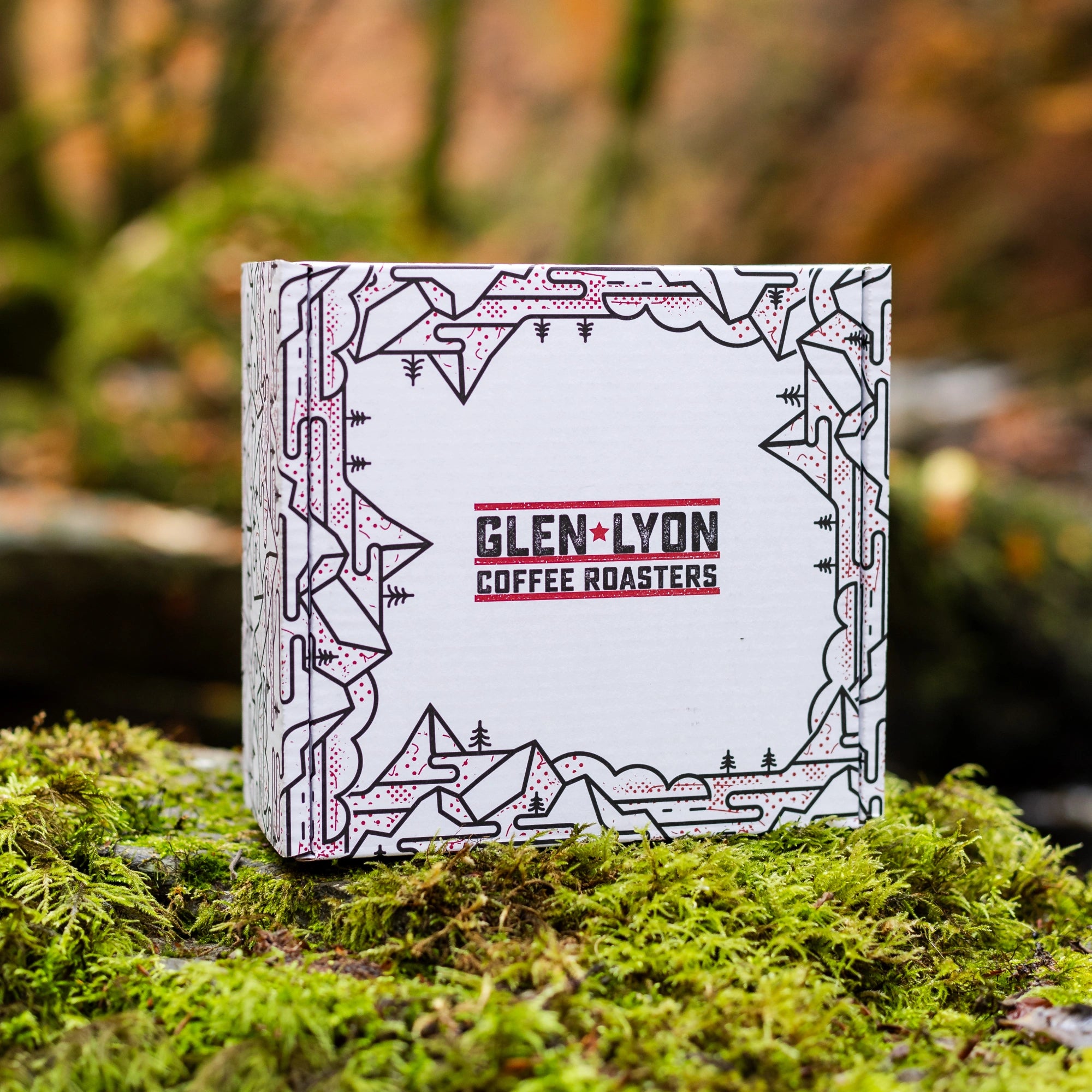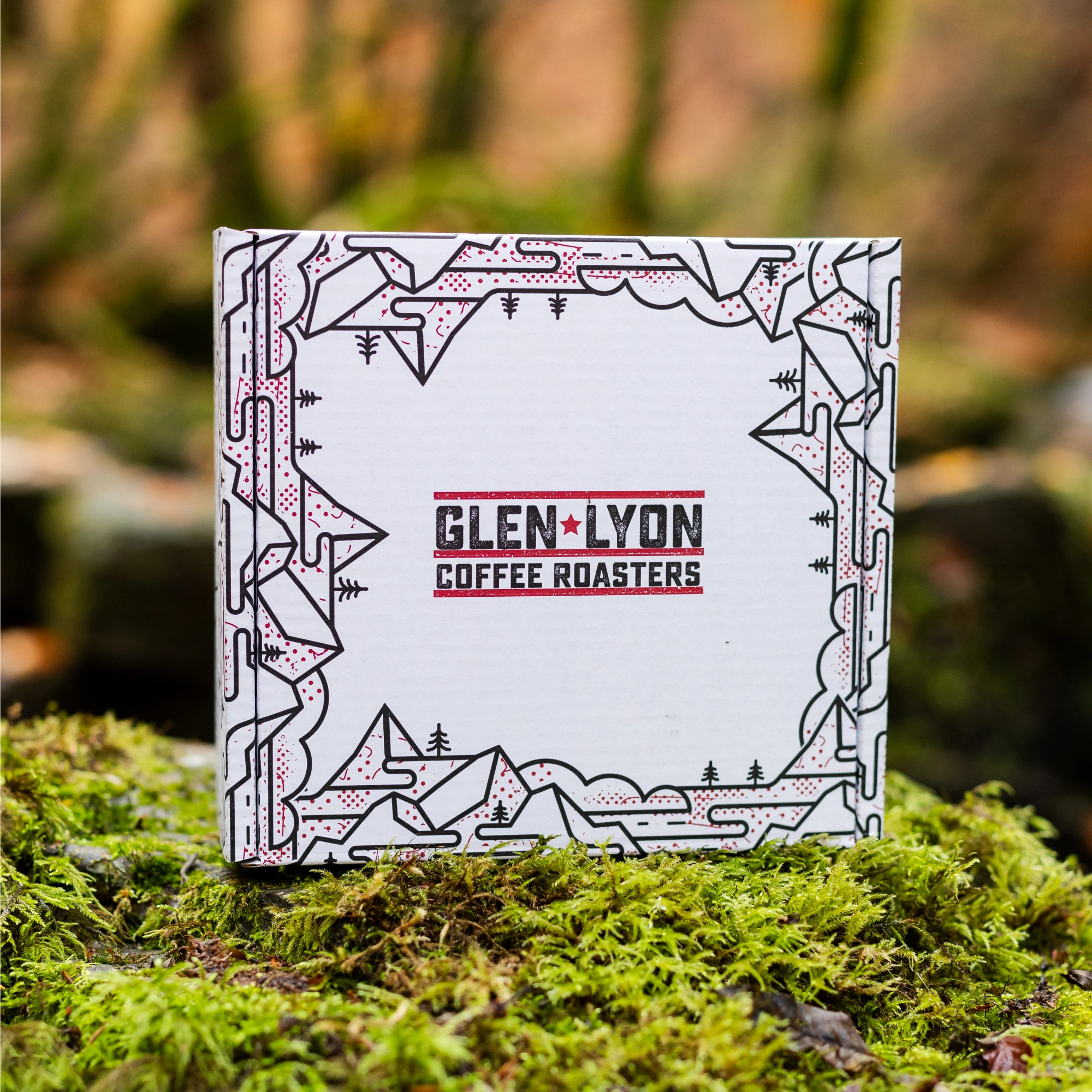11 November: This post has been updated to include perspectives from Guilherme Foresti of Fazenda do Lobo and UPC/Minasul’s Vini Silva. Read to the end for photos of the frost’s impact on the farm.
The frost that swept across Brazil’s coffee-growing regions in June and July caught many producers by surprise. Coffee is a fragile plant, and producing everyone’s favorite morning beverage is a difficult and delicate process at the best of times. Any change to normal weather patterns can wreak havoc with the process, which is exactly what has happened this year. While frost is not uncommon in Brazil, this surge was particularly intense and widespread—although some areas escaped untouched, others were decimated.
When a harsh frost hits coffee farms, it can cause significant and long-term damage to trees more used to a mild, tropical climate. Sub-zero temperatures cause ice crystals to form within the plants’ cells, destroying buds, flowers, and fruit. Frost burn on leaves causes them to wilt, turn brown and die, potentially leading to complete defoliation.
One farm badly hit was the Minas Gerais-based Fazenda do Lobo, with whom we have been working since 2019. Innovative and quality-focused, the Foresti family consistently produce exceptional coffees that have come to underpin Red Stag, giving our seasonal espresso blend its unmistakable chocolate base.
Driving through the countryside towards Fazenda do Lobo, Vini Silva was shocked by what he saw: dead and withered coffee trees, leaves brown and curled, ravaged by frost. “It was like driving through the apocalypse,” Vini, who works with the exporter Minasul to bring coffee to the United Kingdom and all the way to Aberfeldy, recalls.
Increasingly erratic and intense weather systems, fueled by human-caused climate change, have buffeted Brazil, and many other coffee-growing regions, for years. Some farms have moved uphill while other growers have gone bankrupt or left the industry. According to a recent story in Bloomberg, Brazil hasn’t had a normal rainy season since 2010. The country, the article says, “is now predicting its coffee crop will shrink by more than 25% this year.”
This added to pressures caused by the worldwide shipping backlog and the ongoing drought that is still affecting much of Brazil. At Fazenda do Lobo, they estimate that up to 50% of their production has been affected by the combination of drought and frost. While the farm will recover, they foresee several years before production returns to its previous state—that is, assuming the weather behaves.
“We at Fazenda do Lobo believe that the farm will return to its previous level in the 2024 harvest,” says Guilherme Foresti. “Of course we need Mother Nature’s help for this, but everything is going well, we will have an average production in 2023, and a high production in 2024.”
This is a pattern that’s impacting producers across the world: over the past few years, extreme climate events have hit coffee-growing regions from Ethiopia (extended years-long droughts) to Honduras and Nicaragua (the back-to-back hurricanes Eta and Iota in 2020). This year, Brazil’s woes have coincided with the worldwide supply chain crisis and the ongoing effects of the Covid-19 pandemic to put upward pressure on coffee prices: the ‘C price’ for coffee in the commodity market, the New York exchange where commodity coffee futures are traded, has more than doubled over the past twelve months.
This can be seen as one “positive” outcome of the recent calamities—the price of coffee in general has been far too low for far too long, often not even covering the costs of production. Of course, a market that goes up can always come down. That’s why at Glen Lyon we’ve always paid significantly above the C price for our speciality coffees, working with the same producers season after season, and we will continue to collaborate with Fazenda do Lobo and our other affected partners to ensure that they bounce back.
Vini adds: “When you achieve a direct trade relationship as the one Glen Lyon has with Fazenda do Lobo, you are able to truly assist your producers and understand how they were actually affected. This gives both sides the assurance of a long term supply chain where you as a roaster are able to guarantee that your producing partner has the means and support to make it through times like these.”
There are things we can do in our own lives and with our businesses to help reduce our environmental impact—adopting solar panels, reducing food waste and plastic usage. But it will take more than that, and it is the people living in the countries that produce our coffee and much of our food who will shoulder the vast majority of the climate crisis’ impacts. That means, on the one hand, paying more for our coffee. But also, with Cop26 going on just down the road from us in Glasgow, it is imperative to put pressure on our leaders to take concrete and immediate action: find out how to contact your MP.



















